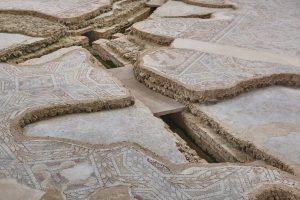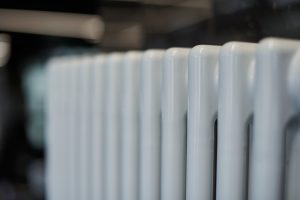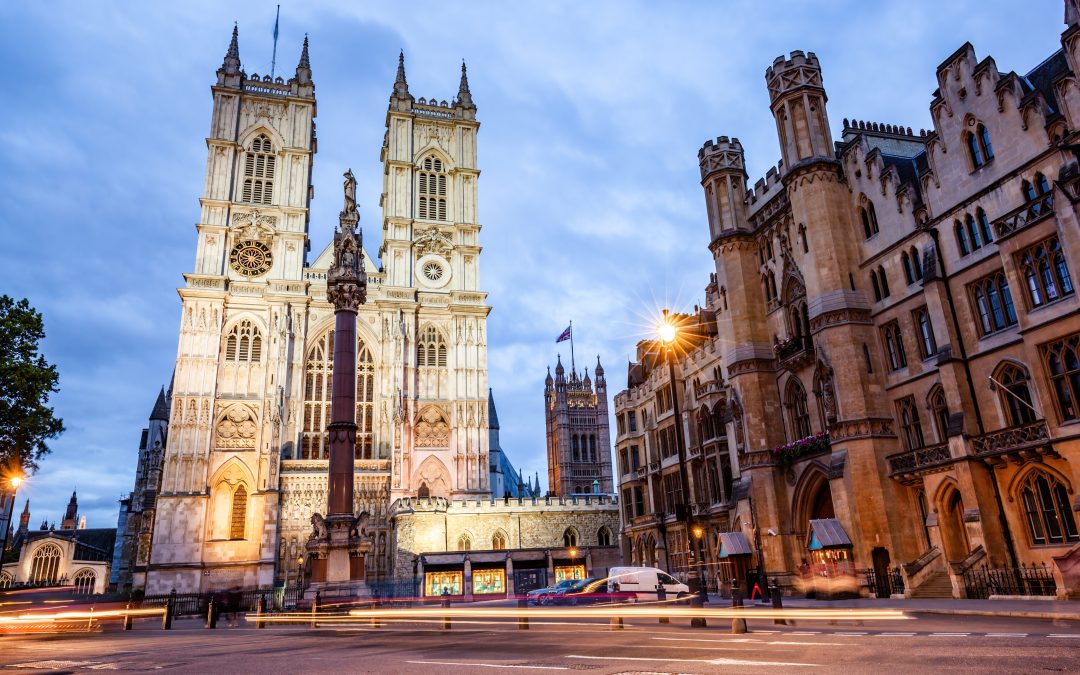For hundreds of years, churches have been a place to bring communities together, create new friendships and give an all-round sense of belonging. As these places of worship were constructed, a reoccurring problem has always come to light, how to keep these large buildings warm in the winter months.
In the beginning, a church could only rely on very simple forms of heating with this being anything from a portable stove, to an open fire. As time went by, it was quickly realised that although these methods kept the churches’ followers warm, it also came with a whole host of drawbacks and risks. Open flames from fires soon led to a high risk of interior aspects being at risk of catching fire. From here, it was also found our that smoke from the flames created very poor air quality within the building.
Fast forwarding a little and we come across a ground breaking (literally) invention by the Romans, called a Hypocaust. This form of construction it was the first of its kind and the earliest evidence of what we know today as ‘under floor heating’. This system comprised of a series of underground pipes and channels which would move hot air beneath the floor. The technology was great at heating large spaces within a building but also came with its drawbacks as it was hard to maintain, as well as being expensive to build.

Roman mosaic tiles and hypocaust in La Olmeda. Palencia, Spain
Moving onto the Middle Ages and we saw the introduction of wood-burning stoves and furnaces. These were aimed to be an improvement on older heating methods, by creating chimneys for smoke ventilation. You would find these sources of heat located in the nave or transept of the church, with these being in the main area of the building. While these systems were an improvement on past construction practices, they still came with issues of creating smoke within the breathable air, as well as not being highly efficient with lots of wasted heat energy.
As time takes us into the 19th century, we can see that churches began to introduce heating systems that are more akin to modern day practises. The system would be powered by boilers that would that would heat water, which was then transported through pipes to radiators located throughout various points within the church. This was deemed a huge success, as flammability and poor air level risks were removed.

In today’s world, we can see that churches use a variety of heating systems, designed to be energy-efficient, low cost, as well as remaining environmentally friendly.
In a short space of time, the heating systems within churches have certainly come a long way. Today, we have businesses such as Church Heating Specialists paving the way in creating a warm environment for people to practise their faith.
Want to discuss your heating requirements? Give us a call on 0161 211 6955



Recent Comments